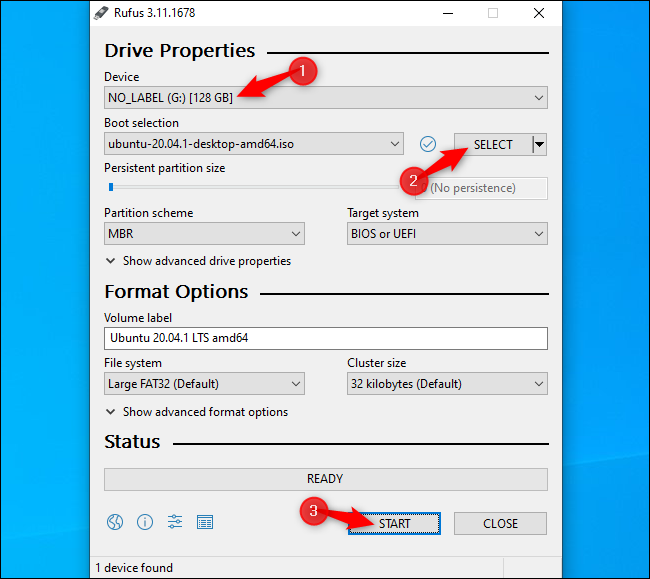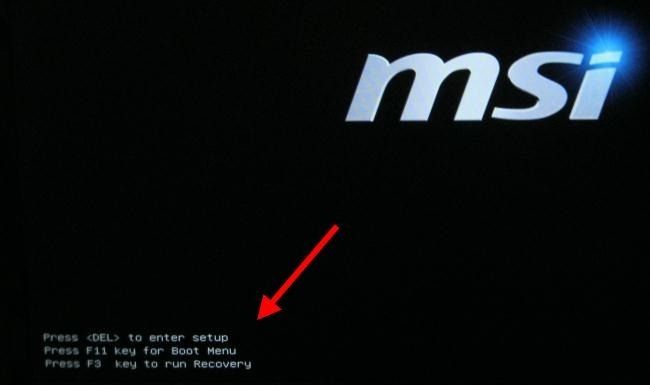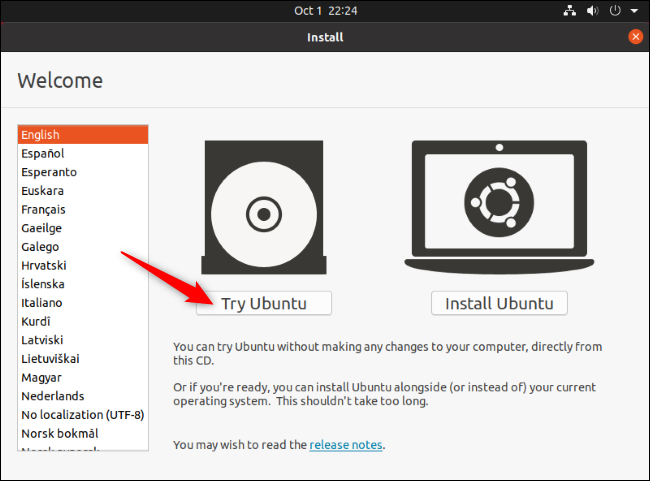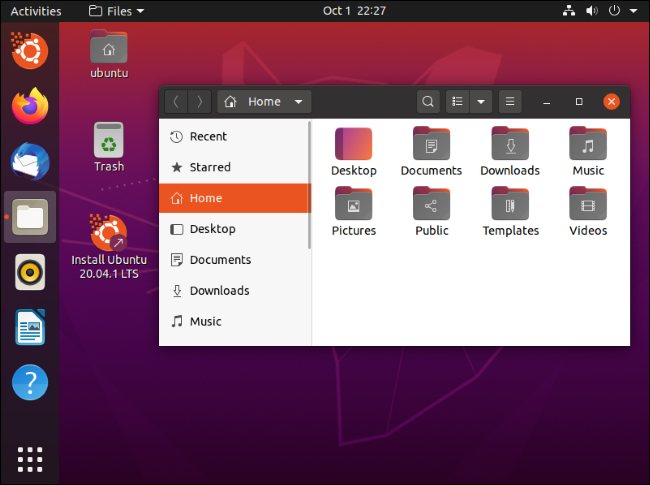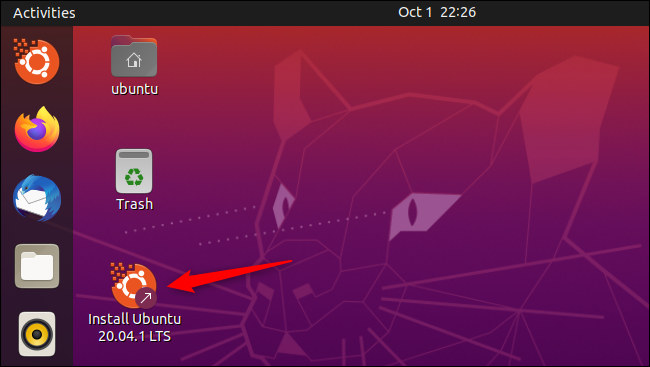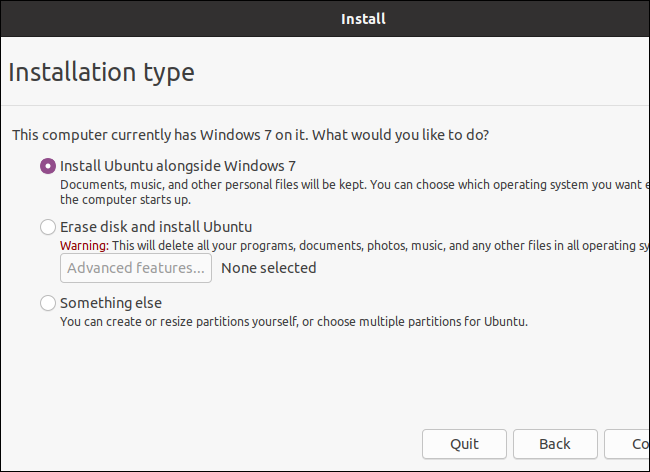Quick Links
Want to install Linux? It's an easier process than you might think! You can even try Linux on your PC before you install it. If you don't like it, just reboot and you'll be back to Windows. Here's how to get started with Linux.
Choose a Linux Distro and Download It
First, you'll need to choose a Linux distribution you want to use. Linux distributions package up the Linux kernel and other software into a complete operating system you can use. Different Linux distributions have different system tools, desktop environments, included applications, and visual themes.
Ubuntu and Linux Mint are still some of the most popular Linux distributions. We really like Manjaro, too. There are many, many other options---there's no wrong answer, although some Linux distributions are intended for more technical, experienced users.
Once you've picked your Linux distribution of choice, visit its website and download its installer. You'll get an ISO file, which is a disc image file containing the Linux distribution's installation files.
Sometimes, you'll be asked to choose between 32-bit and 64-bit distributions. Most modern computers have 64-bit-capable CPUs. If your computer was made in the last decade, you should choose the 64-bit system. Linux distributions are dropping support for 32-bit systems.
Create Bootable Installation Media
To boot, try, and install the Linux system you downloaded, you'll need to create bootable installation media from your ISO file.
There are several ways you can do this. If you have a writeable DVD you want to use, you can burn the ISO file to disc using the "Burn disc image" function in Windows. However, you'll probably want to use a USB drive instead---USB drives are faster than DVDs and will work on any computer with a USB port, no optical drive necessary.
Here's what you'll need to create a bootable Linux USB drive on Windows:
- The ISO file for your Linux distribution of choice.
- The free Rufus software. Ubuntu's official instructions recommend Rufus, too.
- A USB drive of at least 4 GB in size. Some Linux distributions may need larger drives if they have larger installers, but 4 GB should be fine for most Linux distributions, including Ubuntu. (Warning: The contents of the USB drive you use will be erased.)
Launch Rufus and insert your USB flash drive into your computer to get started. First, in the "Device" box, select your USB drive. Second, click the "Select" button and browse to the ISO file you downloaded. Third, click the "Start" button to create the USB drive.
You may see a few warnings. Accept the default options: Click "Yes" if you're prompted to download additional files, and click "OK" if you're prompted to write in ISO mode. Finally, you will be warned the Rufus will erase all files on your USB drive---ensure you've backed up any important files and click "OK" to continue.
Rufus will create your USB installer drive, and you'll see the progress bar at the bottom of the window fill up. When it's a full green bar reading "Ready," you can click "Close" to finish the process.
Boot Your Linux Installation Media
If you're booting the Linux system on the same computer you created installation media on, you don't even need to unplug your USB drive. You'll just have to reboot your PC and boot it from the Linux installation media.
To do so, select the "Restart" option in Windows. Your PC may automatically boot from the inserted USB drive and into Linux.
If your computer just boots back into Windows, you may have to press a certain key to access a boot device menu and select it during the installation process. Common keys you may have to press during the boot process include F12, Escape, F2, and F10. You may see this key displayed on screen during the boot process.
You may also have to access your BIOS or UEFI firmware settings screen and change the boot order. The exact process will depend on your model of PC. Check your PC's instructions for more information. (If you built your own PC, check the motherboard's instruction manual.)
What About Secure Boot?
Modern PCs with UEFI firmware---generally, PCs that came with either Windows 10 or Windows 8---have a feature called Secure Boot. They're designed not to boot unapproved operating systems, which should help protect you from rootkits and other malware.
Some Linux distributions, like Ubuntu, are designed to work with Secure Boot and use a special Microsoft-signed bootloader, letting them run on your system. Other Linux distributions may require you disable Secure Boot before they can boot.
However, in many situations, your Linux distribution should just boot normally. If Linux boots, don't worry about Secure Boot. If you see a Secure Boot error message and Linux doesn't boot, check your Linux distribution's documentation for more information---and consider disabling Secure Boot on your PC.
Try Linux
With Linux booted, you'll get a "live" Linux desktop you can use just as if Linux was installed on your PC. It isn't actually installed yet and hasn't modified your PC in any way. It's running entirely off the USB drive you created (or the disc you burned.)
For example, on Ubuntu, click "Try Ubuntu" instead of "Install Ubuntu" to try it out.
You can explore the Linux system and use it. Bear in mind that it will likely perform more quickly once it's installed to your PC's internal storage. If you just want to play with Linux for a bit and don't want to install it yet, that's fine---just reboot your PC and remove the USB drive to boot back into Windows.
If you'd like to try out multiple Linux distributions, you can repeat this process and try a bunch of them before choosing to install one.
(Not all Linux distributions offer a live environment you can play with before you install them, but the vast majority do.)
Warning: Back Up Before Continuing
Before you actually go through with installing Linux, we recommend backing up your important files. You should always have recent backups, especially when you're messing with your system like this.
It should be possible to install Linux in a dual-boot scenario and have the Linux installer seamlessly resize your Windows partition without affecting your files. However, mistakes can happen when resizing partitions. And it would be possible to accidentally click the wrong option and wipe your Windows partition.
So, before continuing, we encourage you to back up all your important data---just in case.
Install Linux
If you're happy with your Linux distribution and it works well on your PC, you can choose to install it. The Linux distribution will be installed on an internal system drive, just like Windows.
There are two ways to do this: You could install Linux in a "dual-boot" configuration, where it sits alongside your Windows operating system on your hard drive and lets you choose which operating system you want to run each time. Or, you can install Linux over Windows, removing the Windows operating system and replacing it with Linux. If you have two hard drives, you can even install Linux on one of the hard drives and use them in a dual-boot scenario.
We recommend installing Linux in a dual-boot configuration to give yourself the option of which to use. If you know you really don't want to use Windows and you want to reclaim some hard disk space, however, go ahead and remove Windows. Just bear in mind that you'll lose all your installed applications and any files you haven't backed up.
To perform the installation process, run the installer from the live Linux system. It should be easy to find---it's generally an icon placed on the default live desktop.
The installation wizard will guide you through the process. Go through the installer and choose the options you want to use. Read the options carefully to ensure you're installing Linux in the way you want to. In particular, you should careful not to erase your Windows system (unless you want to) or install Linux onto the wrong drive.
When the installation process is done, you'll be asked to reboot your PC. Reboot and remove the USB drive or DVD you installed Linux from. Your computer will boot Linux instead of Windows---or, if you chose to install Linux in a dual-boot scenario, you'll see a menu that will let you choose between Linux and Windows every time you boot.
Alternatively, you can buy a dedicated laptop for running Linux.
If you want to reinstall Windows later, you can always download Windows installation media from Microsoft and use it to reinstall Windows.


